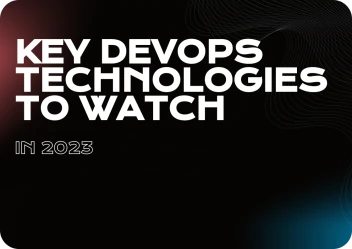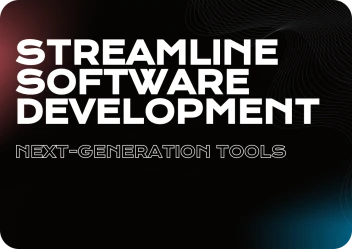Software Development
 White paper
White paper
 Expert Article
Expert Article
 Expert Article
Expert Article
DevOps Competence
 Expert Article
Expert Article
 Expert Article
Expert Article
 Expert Article
Expert Article
Development Team Augmentation
 White paper
White paper
 Expert Article
Expert Article
 Expert Article
Expert Article
E-Commerce
 Expert Article
Expert Article
 Expert Article
Expert Article
 Expert Article
Expert Article
Startup
 Expert Article
Expert Article
 Expert Article
Expert Article
 Expert Article
Expert Article
AI Solutions
 Expert Article
Expert Article
 Expert Article
Expert Article

